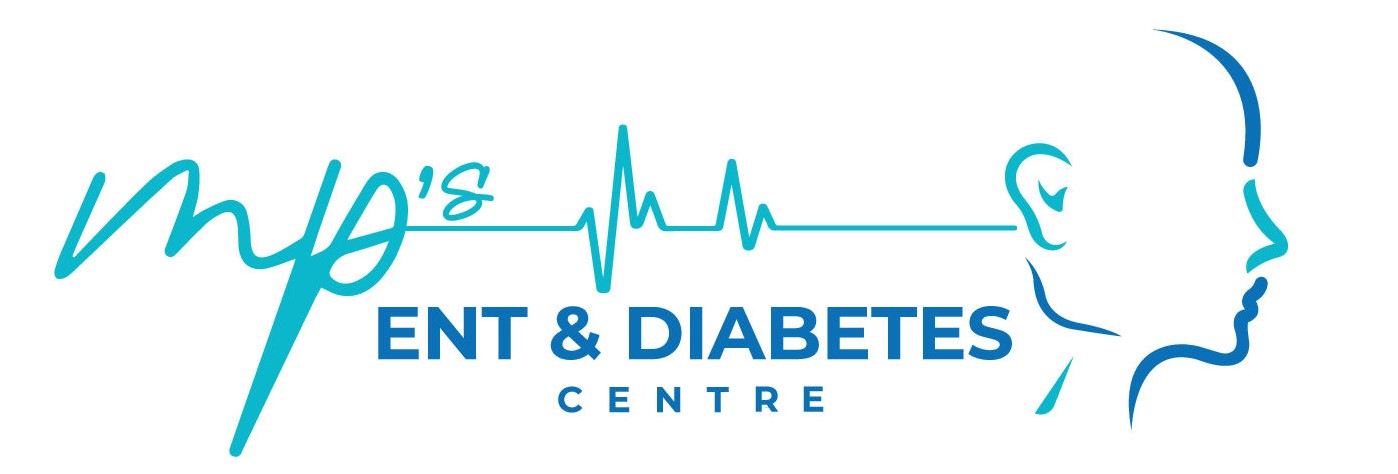Services > Deviated Nasal Septum Correction (Septoplasty)
Deviated Nasal Septum Correction (Septoplasty)
🔥 1. What is a Deviated Nasal Septum?
The nasal septum is the thin wall of cartilage and bone that separates the two nostrils.
- When the septum is displaced to one side, it is called a deviated nasal septum.
- This can partially or fully block one nostril, making it difficult to breathe.
- It may cause snoring, sleep disturbances, and chronic sinus issues.
✅ Common Causes of Septal Deviation:
- Congenital: Present from birth.
- Trauma or injury: From accidents, sports, or falls.
- Nasal inflammation or infection: Can worsen existing deviation.
- Aging: Gradual changes in cartilage and bone structure.
💡 2. Symptoms of a Deviated Nasal Septum
- Nasal congestion (usually one-sided).
- Difficulty breathing through one or both nostrils.
- Frequent sinus infections.
- Nasal dryness or crusting.
- Snoring or sleep apnea.
- Nosebleeds (due to dry nasal passages).
- Facial pain or pressure.
- Post-nasal drip or chronic cough.
- Reduced sense of smell (in severe cases).
🔎 3. Diagnosis of a Deviated Nasal Septum
✅ A) Medical History & Physical Examination:
- Symptoms assessment:
- Difficulty breathing, congestion, or snoring.
- Nasal examination:
- A speculum or otoscope is used to inspect the nasal passages.
✅ B) Nasal Endoscopy:
- A thin, flexible tube with a camera is inserted into the nostril.
- Provides a detailed view of the nasal cavity and septum.
✅ C) Imaging Tests (if needed):
- CT scan or X-ray:
- Provides detailed images of the septum, sinuses, and nasal structures.
- Helps assess the extent of the deviation.
🔥 4. When is Septoplasty Needed?
✅ Indications for Septoplasty:
- Chronic nasal congestion unresponsive to medication.
- Frequent sinus infections caused by poor drainage.
- Breathing difficulties (especially during sleep).
- Persistent snoring or sleep apnea.
- Recurrent nosebleeds.
- Headaches or facial pain from sinus pressure.
- Reduced quality of life due to breathing issues.
✅ Septoplasty is NOT typically done for cosmetic purposes.
- If you want to correct the external shape of your nose, you may need a rhinoplasty (nose job) combined with septoplasty.
- This combined procedure is called a septorhinoplasty.
💡 5. Preparing for Septoplasty
✅ Preoperative Instructions:
- Medical evaluation:
- Blood tests and medical history review.
- Avoid blood thinners:
- Stop aspirin, ibuprofen, or anticoagulants before surgery.
- Stop smoking and alcohol:
- Improves healing and reduces risks.
- Fasting before surgery:
- No food or drink for 6–8 hours before the procedure.
✅ Medications:
- You may be prescribed:
- Antibiotics: To prevent infection.
- Pain relievers: To manage discomfort.
- Nasal sprays: To reduce inflammation.
🔥 6. The Septoplasty Procedure
✅ A) Procedure Overview:
- Type of anesthesia:
- Local anesthesia with sedation OR
- General anesthesia (more common).
- Duration:
- The surgery takes approximately 30–90 minutes.
✅ B) Surgical Steps:
- Incision:
- A small incision inside the nostril.
- No external scars.
- Lifting the mucosa:
- The surgeon lifts the nasal mucosa (lining) to access the septum.
- Reshaping or removing deviated parts:
- The surgeon trims, reshapes, or removes portions of the deviated septal cartilage or bone.
- Repositioning the septum:
- The septum is straightened and aligned properly.
- Closing the incision:
- The mucosa is repositioned.
- Dissolvable stitches are used.
- Nasal packing or splints:
- Soft splints or packing material may be placed to support the septum during healing.
🔥 7. Recovery & Postoperative Care
✅ Immediate Post-Surgery Effects:
- Mild bleeding or drainage from the nose for a few days.
- Swelling and congestion (common and temporary).
- Discomfort or mild pain.
- Splints or packing may be left in place for 3–5 days.
✅ Postoperative Care Tips:
- Nasal rinses:
- Use saline sprays or rinses to keep the nasal passages clear.
- Avoid blowing your nose:
- For at least 1 week to prevent bleeding.
- Rest and hydration:
- Drink fluids and get plenty of rest.
- Keep your head elevated:
- Sleep with your head slightly elevated to reduce swelling.
- Use pain medication:
- Over-the-counter or prescribed pain relievers as needed.
- Avoid strenuous activities:
- No heavy lifting or intense physical activity for 2–4 weeks.
✅ Follow-Up Appointments:
- Your surgeon will monitor healing and remove splints or packing.
- Full recovery takes about 3–6 weeks, but minor swelling may persist for a few months.
💡 8. Potential Risks & Complications
Although septoplasty is generally safe, potential risks include:
- Bleeding: Mild to moderate bleeding is common.
- Infection: Rare but possible.
- Septal hematoma: Blood collection under the nasal lining.
- Perforation of the septum: A small hole may develop, causing whistling sounds or breathing issues.
- Change in nose shape: Minor changes in the nasal shape.
- Persistent symptoms: Some symptoms may not fully resolve.
- Anesthesia-related risks: Rare but possible reactions.
✅ 9. Benefits of Septoplasty
- Improved breathing: Enhanced airflow through both nostrils.
- Reduced nasal congestion: Better drainage and sinus function.
- Fewer sinus infections: Lower risk of chronic sinusitis.
- Better sleep quality: Reduced snoring and sleep apnea symptoms.
- Enhanced quality of life: Better overall respiratory health.
🔥 10. When to Seek Medical Help
Contact your doctor immediately if you experience:
- Excessive bleeding that doesn’t stop.
- Severe or persistent pain.
- Fever or chills (signs of infection).
- Difficulty breathing.
- Nasal discharge with a foul odor.
✅ 11. Prevention Tips After Surgery
- Use a humidifier:
- Prevents dryness and keeps nasal passages moist.
- Stay hydrated:
- Helps prevent nasal dryness and crusting.
- Avoid smoking:
- Reduces the risk of inflammation and scarring.
- Use saline rinses regularly:
- Keeps the nasal passages clear.
- Avoid nasal trauma:
- Protect your nose from accidental bumps.
